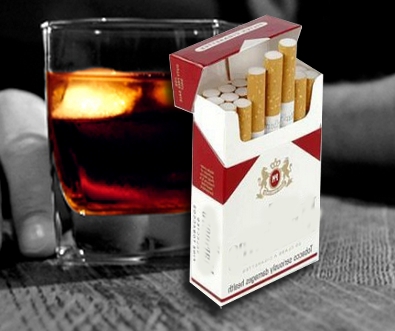Philadelphia, PA, January 30, 2013 – Once heavy drinking impairs function, a variety of punishment-related threats may motivate people to stop drinking: spouses may threaten divorce, employers may threaten job loss, and courts threaten drunk drivers with losing their driver's license or incarceration.
In the face of these threats, many alcohol abusers refrain from drinking, but relapse is very common when the threats of punishment fade, particularly when exposed to alcohol-associated environments (contexts).
A new study by researchers at the National Institute on Drug Abuse suggests that rats may behave in the same way. This is important because a significant amount of addiction research is performed in animals, using models of addiction, before it is translated to work in humans.
“The better our animal models fit human alcoholism, the more our animal research will help us to understand the complexity of the human disorder and to develop new treatments,” commented Dr. John Krystal, Editor of Biological Psychiatry.
Currently, the most commonly employed techniques to achieve alcohol abstinence in animal work are forced abstinence and/or extinction training, where a lever press that used to consistently deliver alcohol no longer does so. These models of relapse are limited because they do not incorporate behaviors that mimic a human’s desire to avoid negative consequences of drinking.
To address this divergence between animal models and the human condition, Nathan Marchant and colleagues developed a rat relapse model in which voluntary alcohol intake is suppressed by punishment in an environment that is different from the original alcohol intake environment.
They showed that when rats were re-exposed to the original alcohol self-administration environment, after suppression of alcohol intake in a different environment by punishment, they immediately relapsed to alcohol seeking.
“A potential clinical implication of this preclinical finding is that abstinence induced by introducing adverse consequences on alcohol intake in inpatient treatment clinics would have a limited effect on subsequent alcohol use in the home environment after completion of treatment,” commented Marchant.
As with nearly all such scientific work, the findings themselves are interesting, but they also lead to many more questions. What is the potential influence of medication or other manipulations on this model? Would the model hold up when other drugs of abuse or even food were studied? Does the passage of time have any effect on this model? More work will be undertaken to answer these and other related questions.





